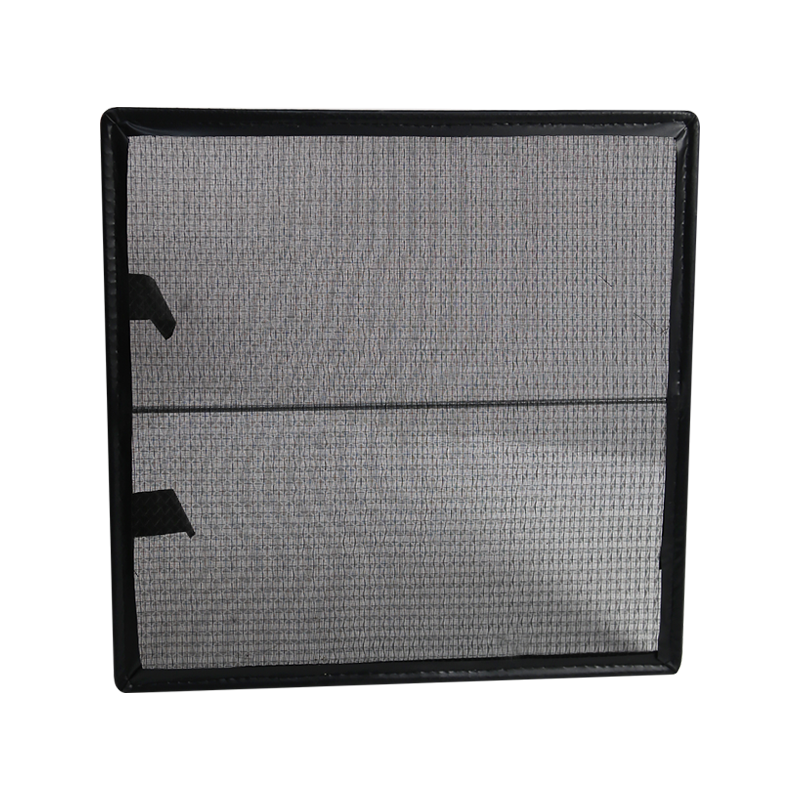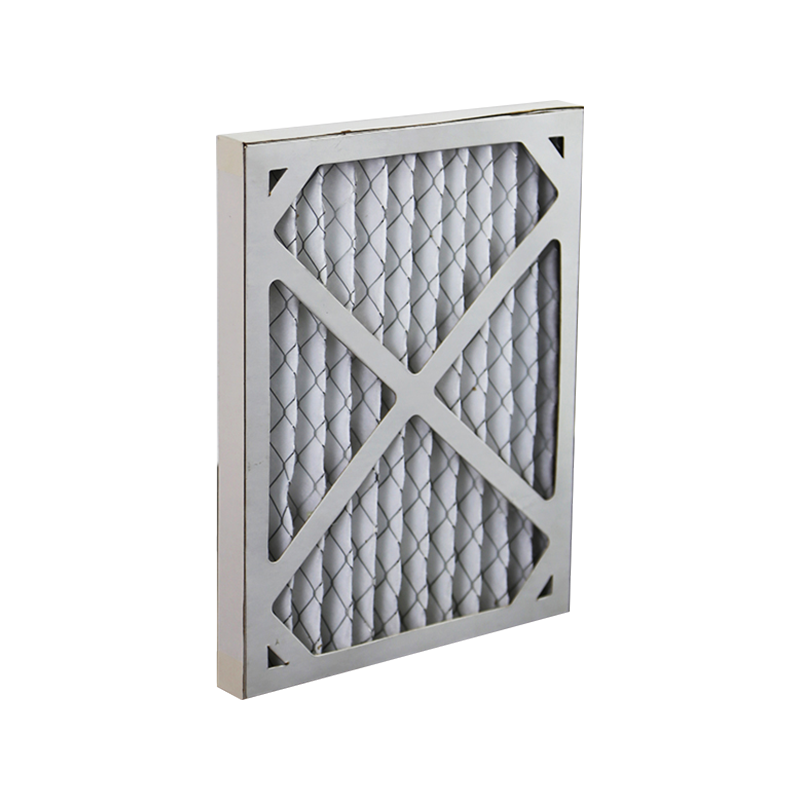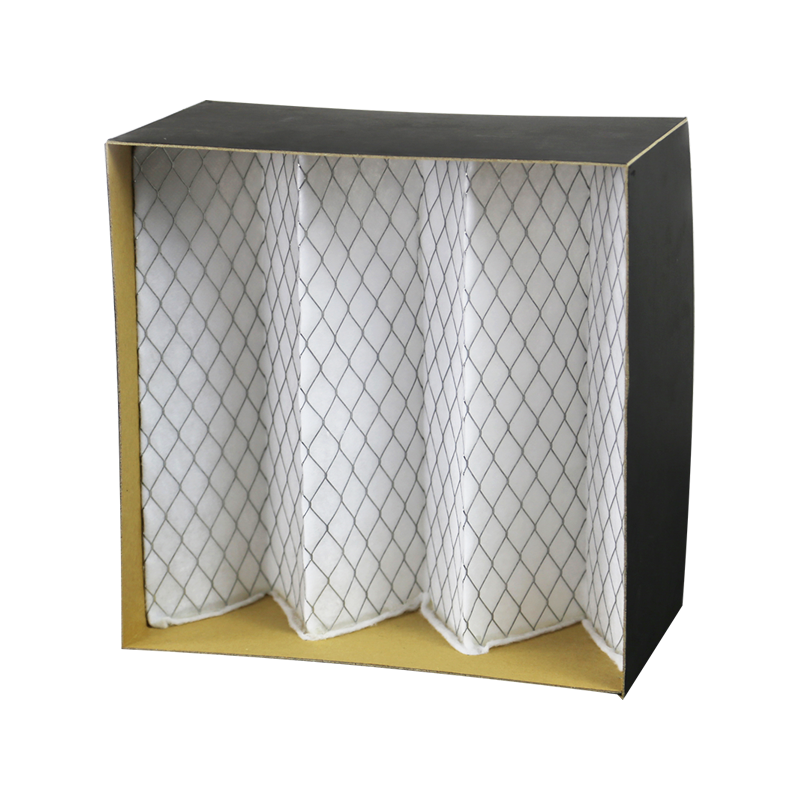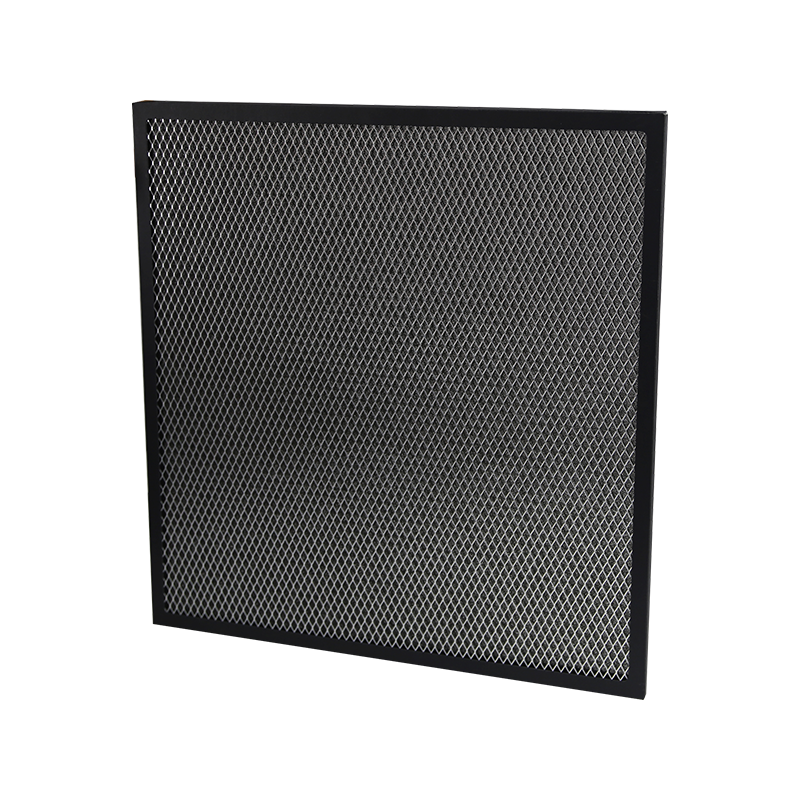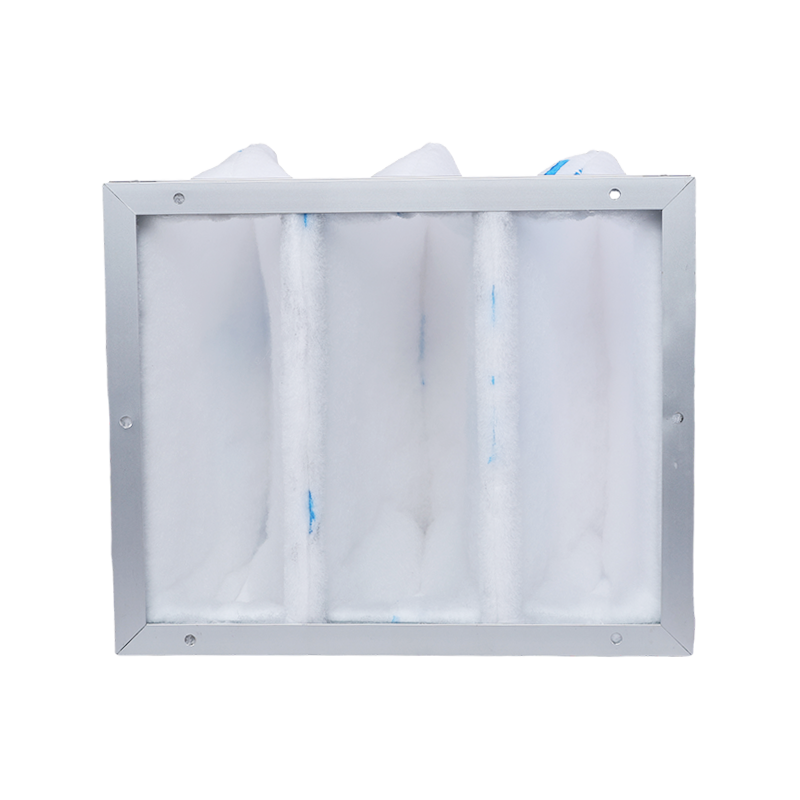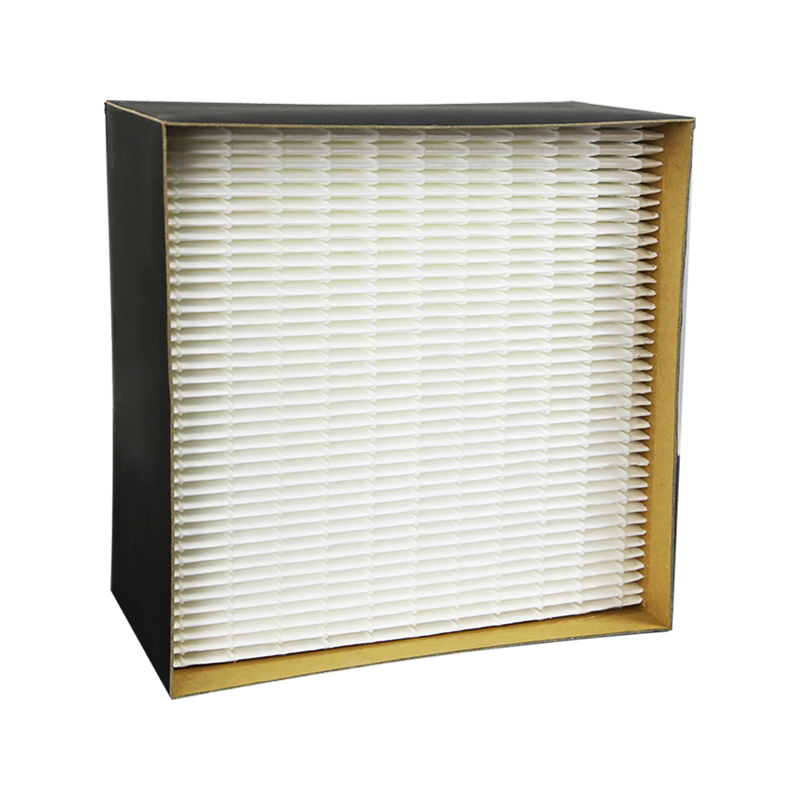From solutions to productions, we’re specialized in making the products you need.
News categories
Product categories
How Often Should a Cylindrical Filter Cartridge Be Replaced?
A Complete Guide to Maintenance Intervals, Lifespan Factors, and Replacement Best Practices
Cylindrical filter cartridges are integral components in a wide range of applications—from water purification systems and HVAC units to hydraulic machinery, pharmaceutical processes, and air compressors. Their primary role is to capture and retain unwanted contaminants, ensuring the system runs efficiently and safely.
However, even the most advanced filter cartridge will lose effectiveness over time, leading to reduced performance, increased energy consumption, and potential equipment damage. This raises an essential maintenance question:
How often should a cylindrical filter cartridge be replaced?
There is no universal answer, as replacement intervals depend on multiple variables. In this article, we’ll explore:
-
How cylindrical filter cartridges work
-
Key factors influencing their replacement frequency
-
Average replacement timelines by application
-
Warning signs of a worn-out filter
-
Best practices for monitoring and replacing cartridges
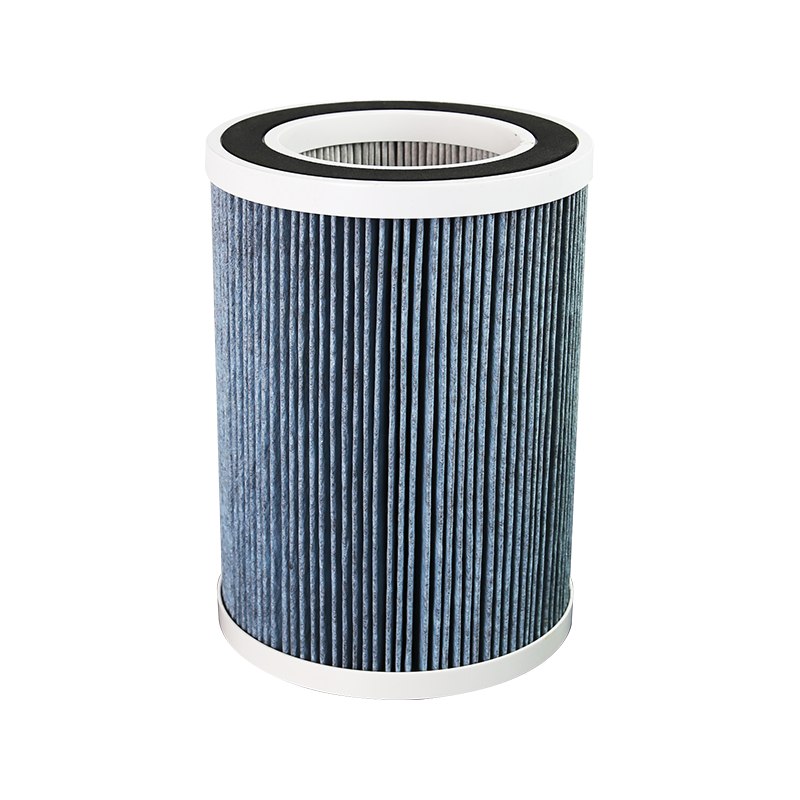
1. How Does a Cylindrical Filter Cartridge Work?
A cylindrical filter cartridge is a hollow, tubular element, often pleated or layered, that traps contaminants within fluids or gases passing through it. It is typically installed inside a housing unit, allowing media such as air, water, oil, or chemicals to flow through while blocking particles, dust, debris, or microbes.
The filter material may be made of:
-
Polypropylene
-
Stainless steel mesh
-
Activated carbon
-
Cellulose
-
Fiberglass
-
PTFE or other synthetic fibers
Depending on the design and application, cylindrical filters may offer surface filtration (trapping particles on the exterior) or depth filtration (trapping particles throughout the media layers).
2. Factors That Determine Filter Cartridge Lifespan
The frequency with which you should replace a cylindrical filter cartridge is influenced by several factors:
a) Type of Application
Each industry and use case has a different tolerance for contaminant levels. For example:
-
Cleanroom air filtration demands more frequent changes than a household HVAC unit.
-
Pharmaceutical water systems require higher purity and thus more frequent replacement.
b) Type of Contaminant
Heavier particles (such as sediment or metal shavings) clog filters faster than fine dust or vaporized oil. Similarly, biological contaminants (like bacteria) may also reduce filter life due to microbial growth.
c) Filter Media and Construction
Pleated filters typically have greater surface area and longer service life than non-pleated filters. Stainless steel mesh filters may be washable and reusable, whereas polypropylene filters are usually disposable.
d) Flow Rate and Operating Pressure
A higher flow rate increases the load on the filter, accelerating clogging. Over-pressurization can also compromise the filter media.
e) Environmental Conditions
High humidity, corrosive chemicals, or exposure to heat can degrade filter materials more quickly.
3. Average Replacement Intervals by Application
The following are general guidelines for replacing cylindrical filter cartridges in different industries. Always refer to the manufacturer's specifications and usage conditions.
| Application | Average Replacement Interval |
| Domestic water filters | Every 3 to 6 months |
| HVAC air filters | Every 1 to 3 months |
| Industrial compressed air | Every 4,000 to 8,000 operating hours |
| Hydraulic systems | Every 1,000 to 2,000 operating hours |
| Pharmaceutical filtration | Single-use or based on batch cycle |
| Food & beverage filters | Every 1 to 2 weeks (for sanitary design) |
| Chemical processing | Based on pressure drop or contamination level |
| Paint booth exhaust filters | Every 1 to 2 weeks |
Note: These timelines assume normal operation conditions. If contamination levels are high or the filter is under continuous use, replacement may be required sooner.
4. Signs That a Filter Cartridge Needs Replacement
Waiting too long to replace a clogged or deteriorating filter can cause system damage or product quality issues. Look for these common signs:
Decreased Flow Rate
If the output of water, air, or fluid is significantly reduced, it often means the filter is obstructed.
Increased Pressure Drop
A rising differential pressure across the filter is a clear indicator of blockage.
Strange Odors or Contaminated Output
In water or air systems, foul smells, discoloration, or residue suggest the filter is no longer effective.
Unusual Noise or Vibration
In machinery or hydraulic systems, filter clogging can cause cavitation, vibration, or noise due to restricted flow.
System Alarms or Sensor Alerts
Many modern filtration systems include sensors that detect pressure changes and notify users when the filter needs replacement.
5. Monitoring and Maintenance Best Practices
To optimize the performance and lifespan of cylindrical filter cartridges:
Use Pressure Gauges or Sensors
Install differential pressure gauges upstream and downstream of the filter. Replace the cartridge when the pressure exceeds the recommended threshold (often 1–2 bar increase).
Follow a Scheduled Maintenance Plan
Develop a preventive maintenance calendar based on hours of operation or production cycles, even if the filter hasn’t failed yet.
Record Filter Change Intervals
Maintain logs to track how long each cartridge lasts under your operating conditions. This helps refine future replacement schedules.
Avoid Overusing Reusable Filters
Some stainless steel or mesh filters are washable, but repeated cleaning degrades their performance. Monitor closely for structural fatigue or loss of integrity.
Always Use Compatible Replacements
Using incorrect or incompatible cartridges can reduce filtration efficiency and even damage the system.
6. Economic Impact of Timely Replacement
Delaying cartridge replacement may seem like a cost-saving measure, but it can lead to:
-
Higher energy usage due to pressure build-up
-
Decreased product quality (especially in food, pharma, or cleanroom environments)
-
Machine wear and tear due to dirty fluid or oil
-
Unscheduled downtime and maintenance costs
By replacing cartridges on time, businesses can:
-
Maintain operational efficiency
-
Extend equipment lifespan
-
Ensure regulatory compliance (especially in sensitive industries)
-
Reduce long-term operating costs
7. Conclusion: Replace Filters Proactively, Not Reactively
Cylindrical filter cartridges are simple yet vital components in countless industrial, commercial, and residential systems. Their ability to maintain cleanliness, performance, and safety is directly tied to how often they’re inspected and replaced.
While there is no one-size-fits-all answer, the key lies in understanding your specific system's needs, monitoring performance indicators, and following a consistent replacement strategy.
Breathe Easy: A Comprehensive Guide to Air Filters
How Often Should You Replace a Primary Air Filter?
related products
Copyright 2023 Nantong Henka Environment Solutions Co.,Ltd. All Rights Reserved


 English
English русский
русский Español
Español 简体中文
简体中文
